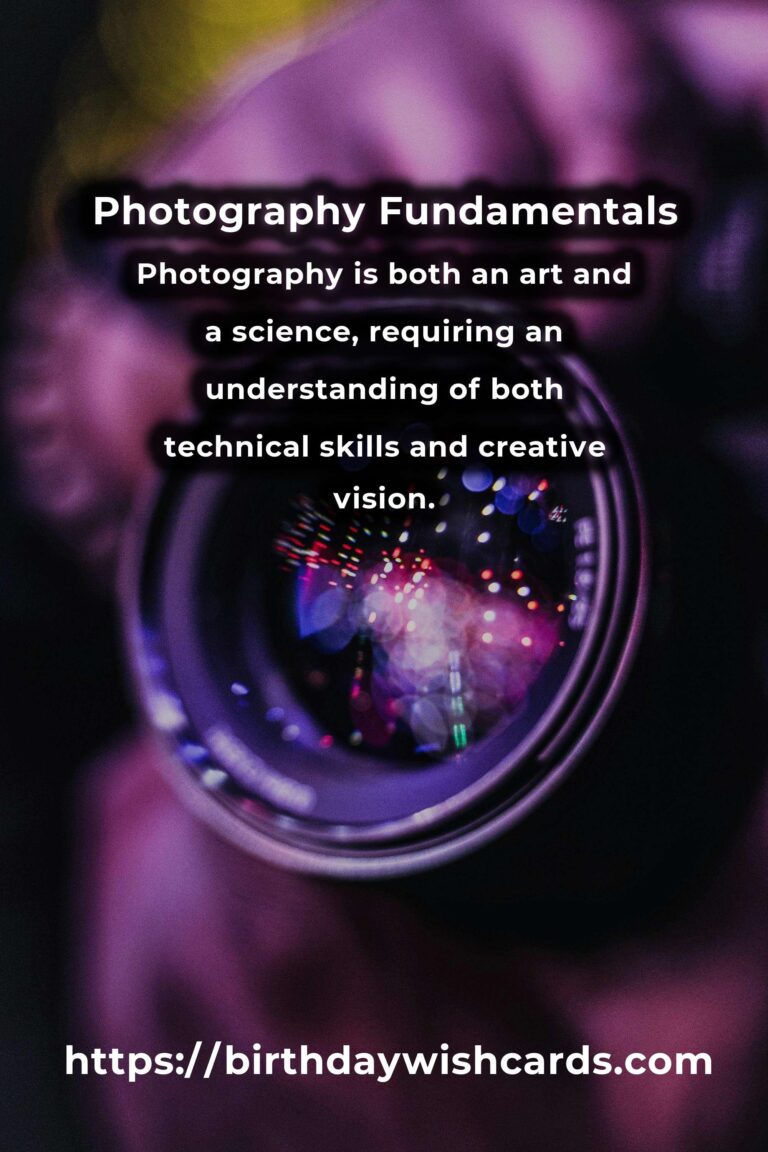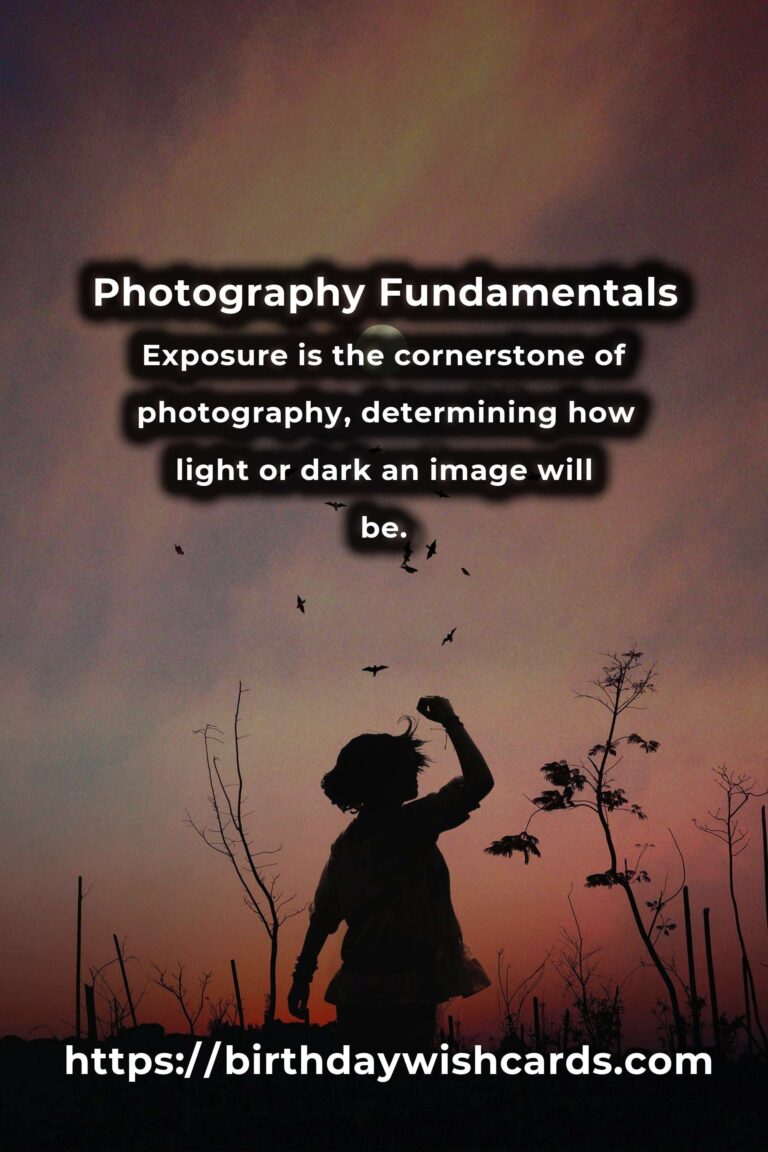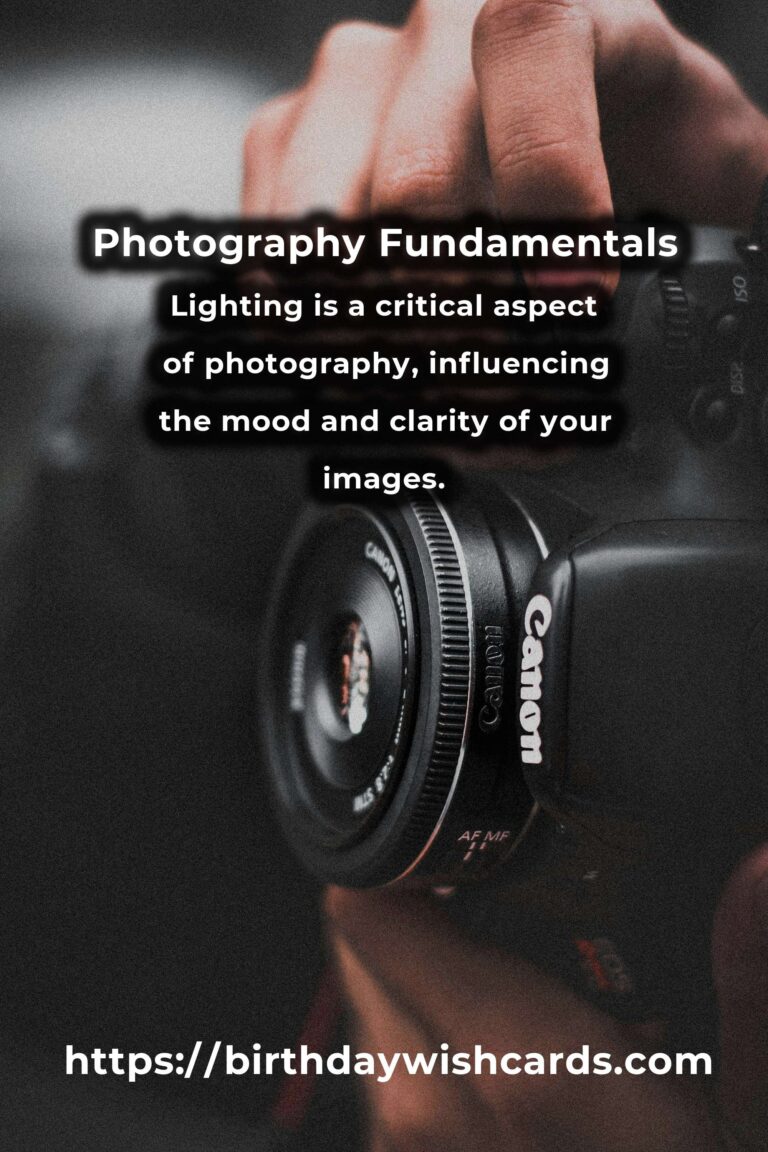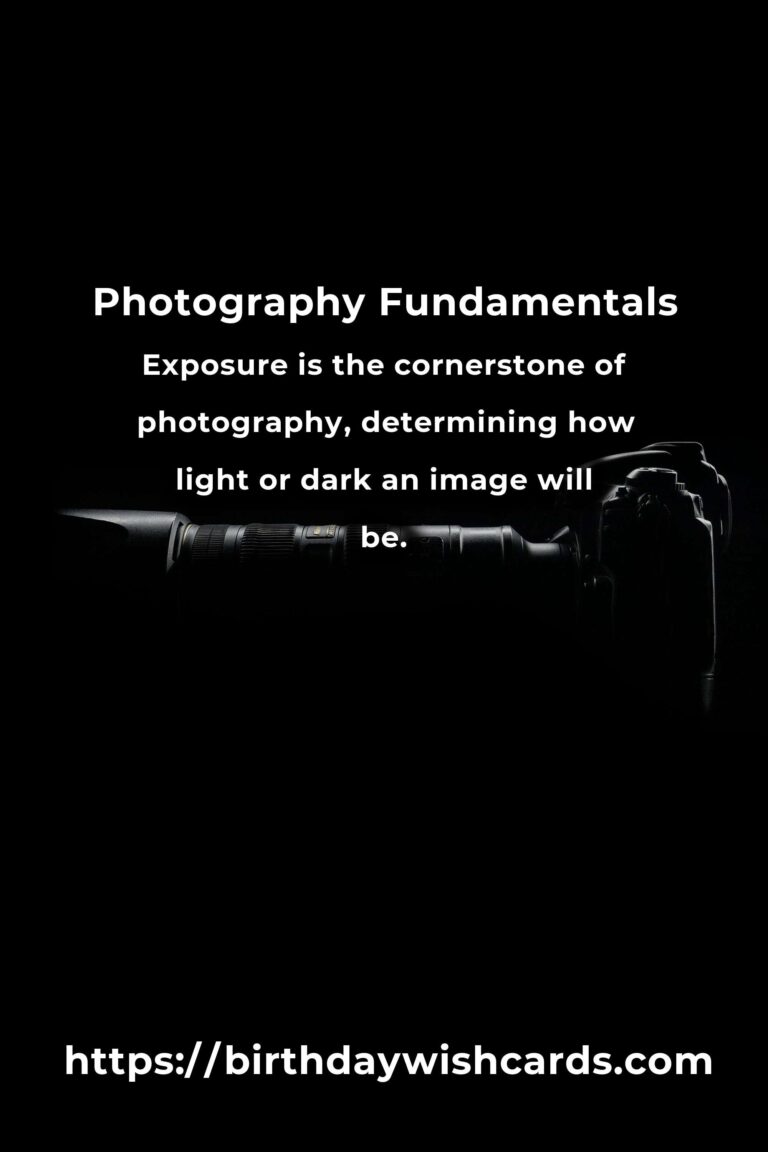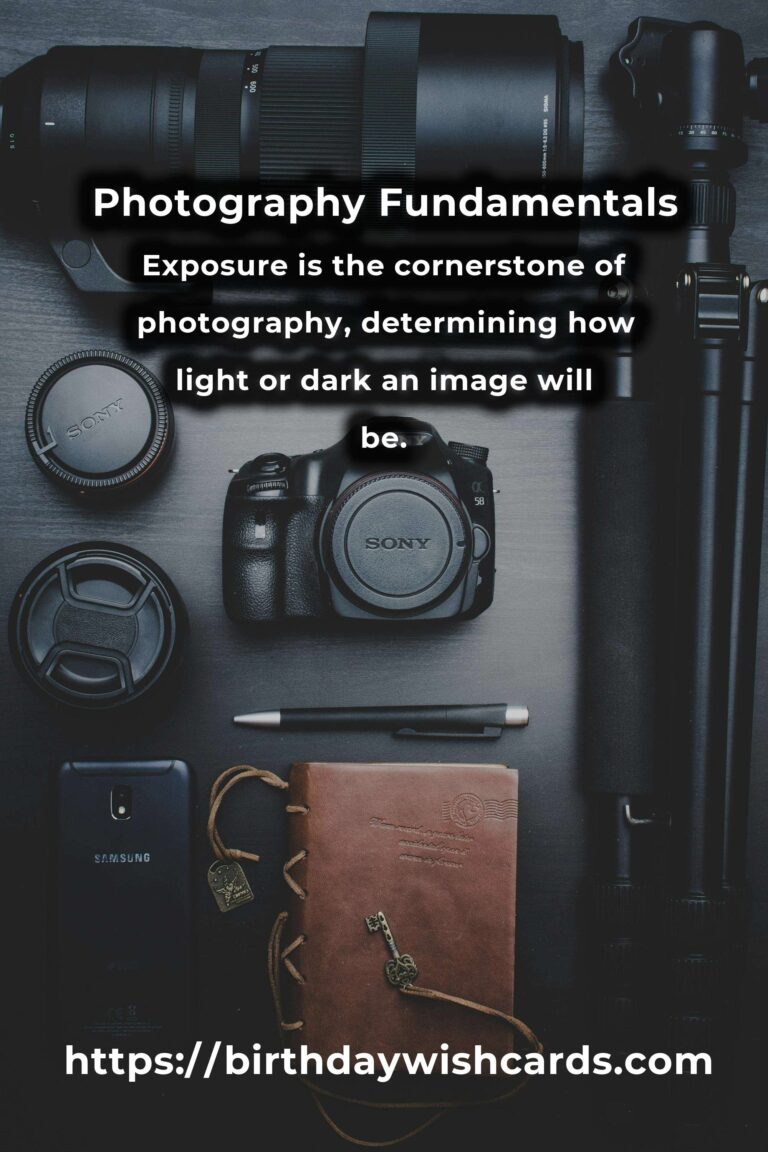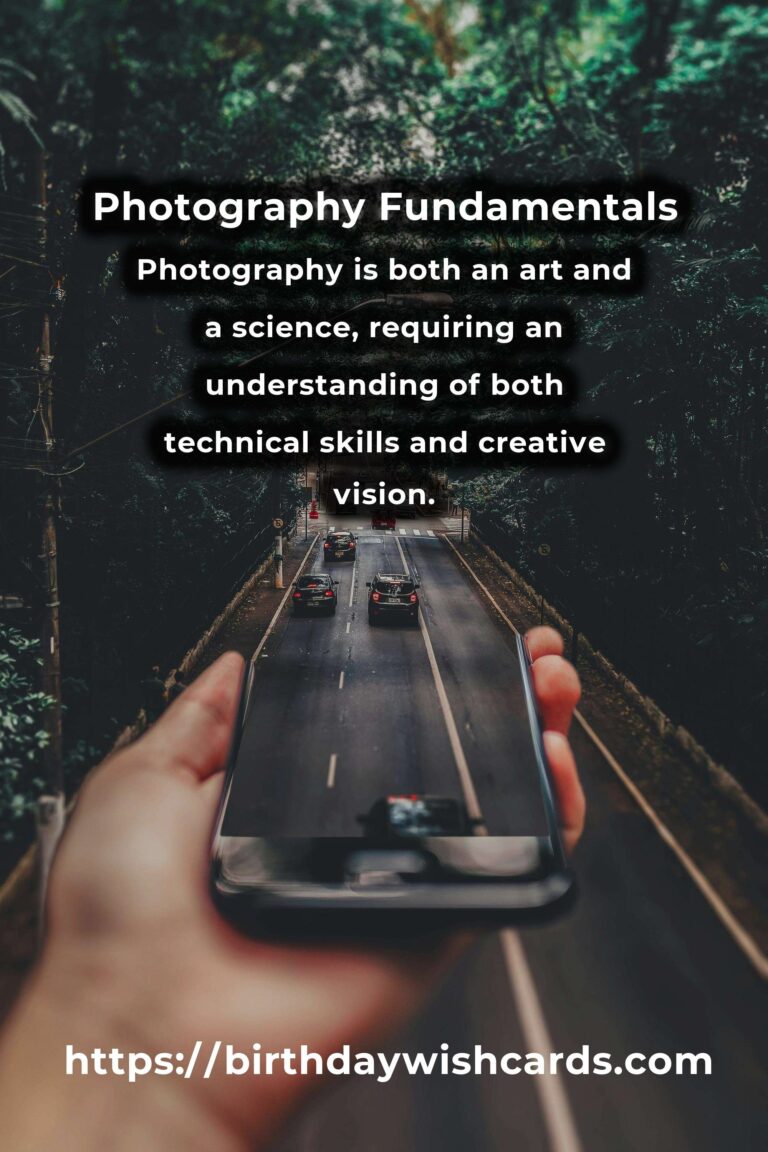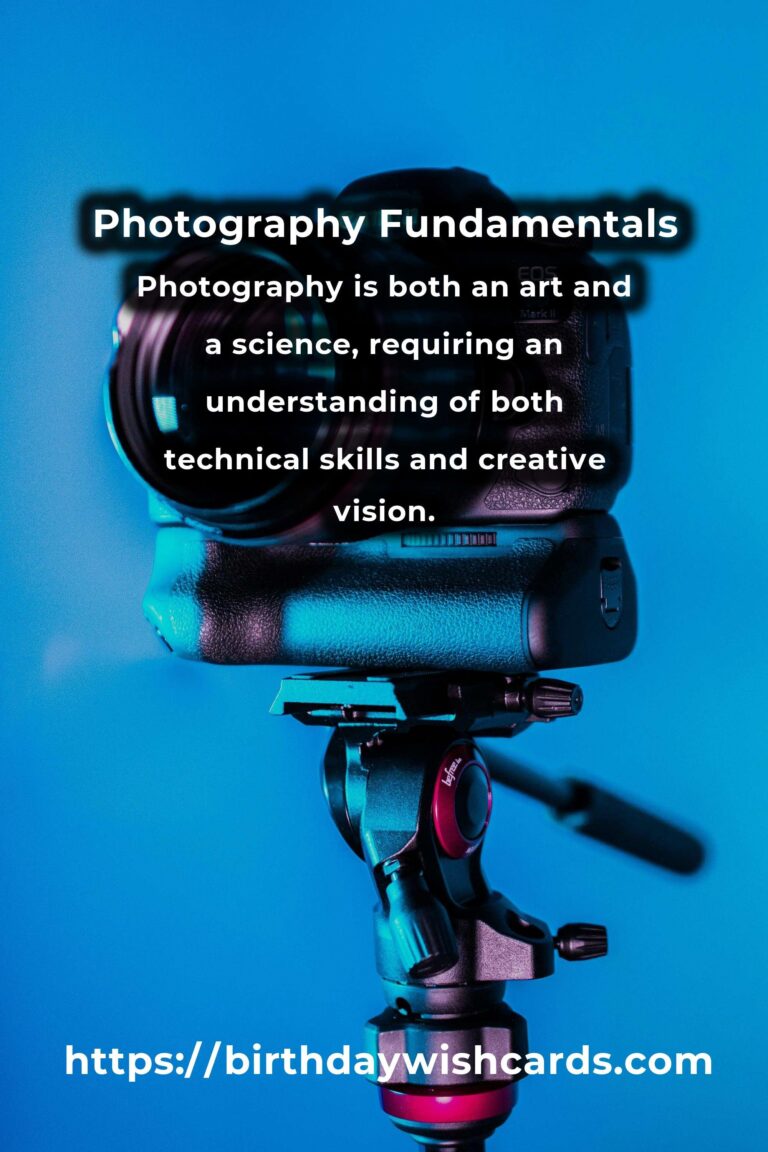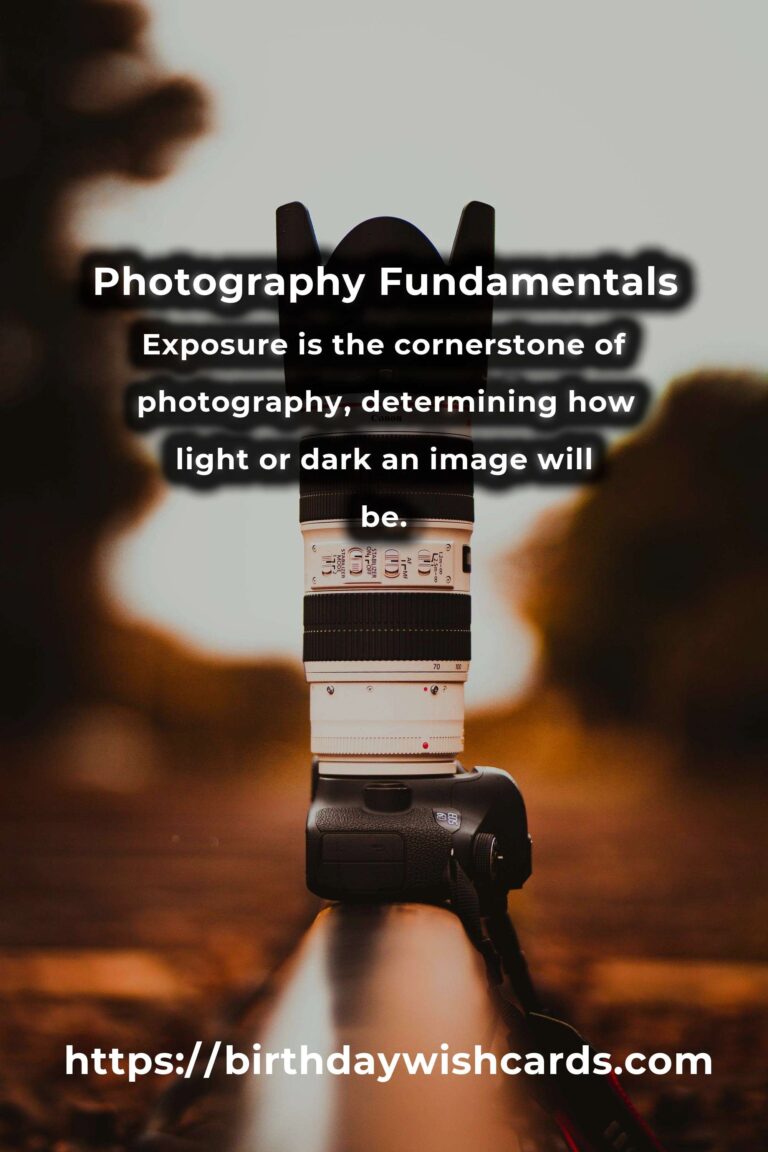
Photography is both an art and a science, requiring an understanding of both technical skills and creative vision. Whether you’re a budding photographer or simply wish to improve your skills, understanding the fundamentals of photography is crucial. This comprehensive guide will break down essential photography ideas, helping you capture stunning images with confidence.
Understanding Exposure
Exposure is the cornerstone of photography, determining how light or dark an image will be. It involves three main elements: aperture, shutter speed, and ISO.
Aperture
Aperture refers to the size of the lens opening that allows light into the camera. It is measured in f-stops, such as f/1.8, f/2.8, f/4, etc. A larger aperture (smaller f-stop number) allows more light and creates a shallow depth of field, while a smaller aperture (larger f-stop number) allows less light and increases depth of field.
Shutter Speed
Shutter speed determines how long the camera’s sensor is exposed to light. It is measured in seconds or fractions of a second (e.g., 1/250s, 1/60s). A fast shutter speed freezes motion, while a slow shutter speed can create motion blur, which is useful for capturing movement creatively.
ISO
ISO measures the sensitivity of the camera’s sensor to light. A lower ISO (e.g., 100) is suitable for bright conditions, while a higher ISO (e.g., 1600) is useful in low-light situations. However, higher ISO settings can introduce digital noise, affecting image quality.
Composition Techniques
Composition is the arrangement of elements within a photograph. Mastering composition techniques can greatly enhance the visual impact of your images.
Rule of Thirds
The rule of thirds divides an image into nine equal parts using two horizontal and two vertical lines. Placing key elements along these lines or at their intersections creates a balanced and harmonious composition.
Leading Lines
Leading lines guide the viewer’s eye through the photograph, creating a sense of depth and focus. These can be natural lines like roads, rivers, or architectural elements.
Framing
Framing involves using elements within the scene to create a ‘frame’ around the subject, adding context and depth. This technique helps direct attention to the main subject.
Lighting Basics
Lighting is a critical aspect of photography, influencing the mood and clarity of your images.
Natural Light
Natural light is abundant and can be manipulated to enhance your photographs. Shooting during the golden hour—shortly after sunrise or before sunset—provides soft, warm light that is flattering for most subjects.
Artificial Light
Artificial light sources, such as flash or studio lights, offer control over lighting conditions. Understanding how to balance artificial light with ambient light can improve your photography significantly.
Post-Processing Essentials
Post-processing allows photographers to enhance and refine their images after they have been captured. Software such as Adobe Lightroom or Photoshop provides tools for correcting exposure, adjusting colors, and removing imperfections.
Demystifying photography fundamentals is the first step towards mastering this art form. By understanding and applying these basic concepts, you can elevate your photography skills and capture breathtaking images that tell a story.
Photography is both an art and a science, requiring an understanding of both technical skills and creative vision. Exposure is the cornerstone of photography, determining how light or dark an image will be. Aperture, shutter speed, and ISO are the three main elements of exposure. Mastering composition techniques can greatly enhance the visual impact of your images. Lighting is a critical aspect of photography, influencing the mood and clarity of your images.
#Photography #Exposure #Composition #Lighting #PhotographyTips


